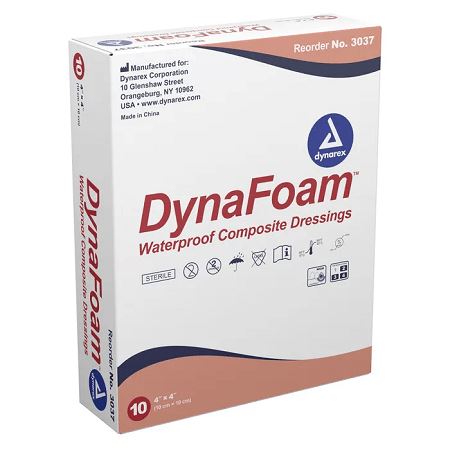Wound care has come a long way in recent years, with significant advancements in the development of advanced wound dressings. These innovative solutions have revolutionized the management of various wound types, providing enhanced healing, improved comfort, and reduced infection risks. In this comprehensive guide, we'll explore the latest advancements in wound dressings, including hydrocolloids, foams, and hydrogels, and their appropriate applications.
Hydrocolloid Dressings: Versatile and Self-Adhesive
Hydrocolloid dressings are a popular choice for various wounds, including pressure ulcers, diabetic ulcers, and surgical wounds. These dressings consist of a gel-forming agent within an adhesive matrix. When applied to a wound, they create a moist environment that supports the body's natural healing processes. Here are some key advantages and applications:
- Exudate Management: Hydrocolloids are excellent at absorbing wound exudate while maintaining a moist wound bed.
- Protection and Comfort: They provide a barrier against external contaminants and are comfortable to wear, making them suitable for long-term use.
- Pressure Ulcers and Diabetic Ulcers: Hydrocolloid dressings are often used for managing these chronic wounds.
Foam Dressings: Optimal Moisture Balance
Foam dressings are highly absorbent and versatile, making them ideal for a wide range of wound types, such as surgical wounds, venous leg ulcers, and abrasions. The key features and applications of foam dressings include:
- Moisture Retention: Foam dressings maintain an optimal moisture balance in the wound bed, promoting granulation tissue formation.
- Exudate Management: They effectively absorb and lock away excess exudate, reducing the risk of maceration.
- Conformability: The flexibility and conformability of foam dressings allow them to adapt to wound contours.
Hydrogel Dressings: Enhancing Debridement and Hydration
Hydrogel dressings are primarily used for wounds with dry necrotic tissue, as they provide moisture to help rehydrate the wound bed and promote debridement. Their key features and applications include:
- Hydration and Debridement: Hydrogel dressings are ideal for dry or sloughy wounds, as they help soften and remove necrotic tissue.
- Cooling Effect: They can provide a soothing, cooling effect on wounds.
- Partial-Thickness Burns: Hydrogel dressings are commonly used for partial-thickness burns, promoting healing and pain relief.
Choosing the Right Dressing:
The choice of wound dressing depends on several factors, including the type of wound, its exudate level, the presence of infection, and the patient's overall health. Consult with a healthcare professional to determine the most suitable dressing for your specific wound.
In Conclusion:
Advanced wound dressings, such as hydrocolloids, foams, and hydrogels, have greatly improved wound care practices. These dressings facilitate the body's natural healing processes, maintain optimal moisture levels, and protect against infection. When used appropriately, they enhance patient comfort and contribute to faster, more efficient wound healing. Always follow healthcare provider recommendations for wound dressing selection and application for the best outcomes. To explore a range of wound care products, visit our Wound Care category.


